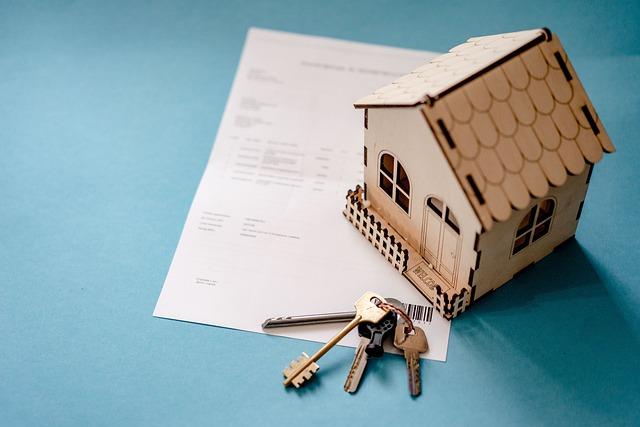The cost of private mortgage insurance (PMI) in 2024 typically ranges from 0.5% to 2% of the loan balance. This can translate to an average monthly premium of $30 to $70 for every $100,000 borrowed.
When you make a down payment of less than 20% on your home, you’ll need a PMI. It protects the lender financially if you fail to make mortgage payments. The cost of PMI varies based on several factors, including your loan amount, credit score, and loan term.
Table of Contents
What Is PMI?
Private mortgage insurance (PMI) protects the lender if you default on your loan. It doesn’t benefit you directly but enables you to qualify for a mortgage if you can’t make a large down payment. PMI bridges the gap for home buyers who can’t save for a 20% down payment.
How Much Does PMI Cost?
The cost of PMI can vary based on several factors, but generally, it ranges from 0.3% to 1.5% of the original loan amount per year. This amount is added to your monthly mortgage payment, which increases your overall housing costs.
Factors Affecting PMI Rates
Several factors influence the cost of PMI, including:
- Down Payment Size: The smaller your down payment, the higher the PMI rate. If your down payment is just 5%, expect to pay more in PMI compared to a 15% down payment.
- Loan Type and Amount: Different loan types and larger loan amounts can affect PMI rates. Larger loans generally mean higher PMI costs.
- Credit Score: A higher credit score can result in lower PMI rates. Lenders view borrowers with high credit scores as less risky.
- Loan-to-Value Ratio (LTV): This ratio is the loan amount divided by the home’s value. A higher LTV ratio means higher PMI costs.
Examples of How PMI Is Calculated
To give you a clearer picture, let’s look at a couple of examples:
- Scenario 1: You buy a home for $300,000 with a 5% down payment ($15,000). Your loan amount is $285,000. If your PMI rate is 1%, you’ll pay $2,850 per year or about $237.50 per month.
- Scenario 2: You buy a home for $300,000 with a 15% down payment ($45,000). Your loan amount is $255,000. If your PMI rate is 0.5%, you’ll pay $1,275 per year or about $106.25 per month.
These examples show how your down payment size can significantly impact your PMI costs.
Types of PMI
There are several types of PMI, and the type you choose can affect your monthly payment and overall costs.
- Borrower-Paid PMI (BPMI): You pay BPMI as part of your monthly mortgage payment until you reach 20% equity in your home. You must make timely payments to cancel your BPMI.
- Lender-Paid PMI (LPMI): The lender pays the PMI but increases your mortgage interest rate to cover the cost. You won’t have monthly PMI payments, but your loan’s overall cost will be higher.
- Single-Premium PMI: You pay the PMI upfront in a lump sum. This can be paid either in full at closing or financed into the loan. It avoids monthly PMI payments but requires a larger amount of money upfront.
- Split-Premium PMI: A combination of BPMI and single-premium PMI. You pay part of the PMI upfront and the rest monthly. This reduces your monthly payment but doesn’t require as much cash upfront as a single-premium PMI.
- Federal Home Loan Mortgage Protection (MIP): For FHA loans, this mortgage insurance premium is similar to PMI but is paid both upfront and annually. It cancels once your home equity reaches 20%.
How to Avoid PMI?
If you want to get rid of PMI, there are a few strategies you must follow:
- Save for a Larger Down Payment: Aim to save at least 20% of the home’s purchase price.
- Look for Piggyback Loans: This approach can help you reach a 20% down payment, but it involves managing two loans and potentially higher interest rates.
- Choose a Lender-Paid PMI Option: This option allows you to avoid monthly PMI payments but typically results in higher mortgage payments. You can start by shopping for lenders online on platforms like Houzeo. It offers access to over 150 lenders across the country.
Bottom Line
PMI is an additional cost many homebuyers face when they put down less than 20%. The cost of PMI usually falls between 0.5% and 2% of your loan balance.
Understanding how it works and its cost in 2024 can help you make informed decisions. Remember, while PMI might seem like a burden, it enables many people to achieve their homeownership dreams sooner.
Also Read – What Role Does the NMLS Play in the Mortgage Industry?




